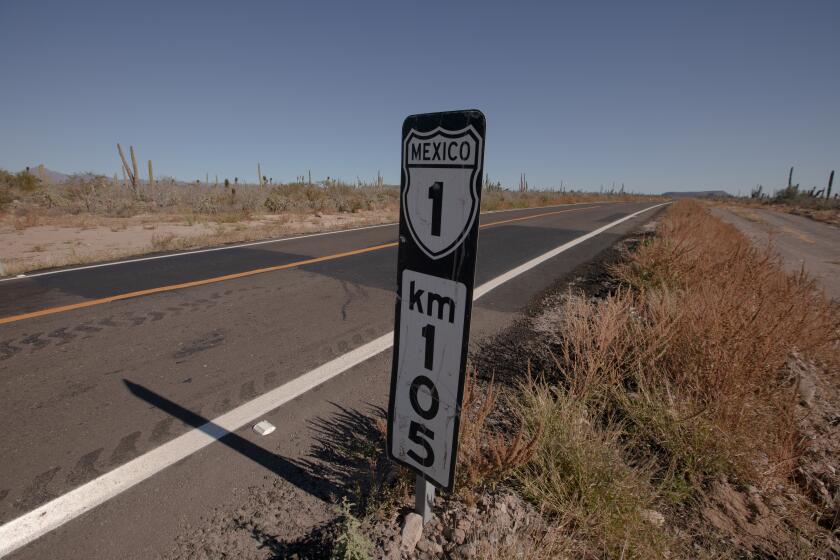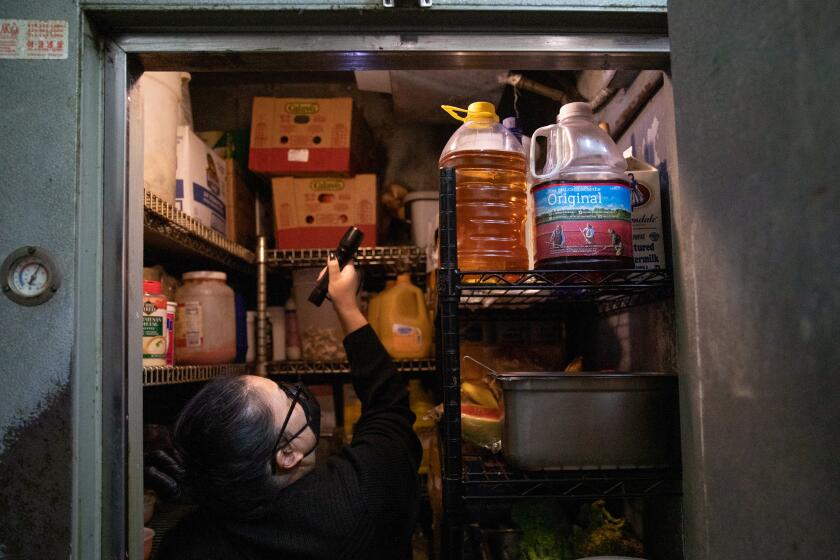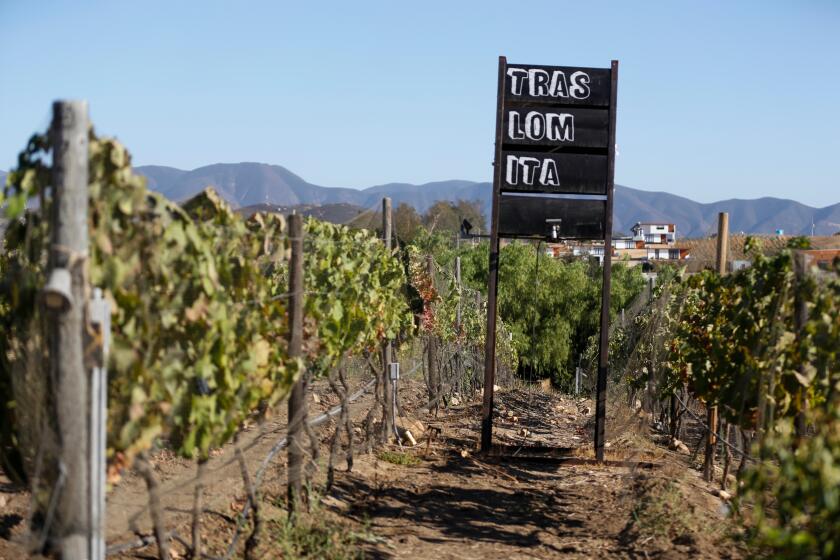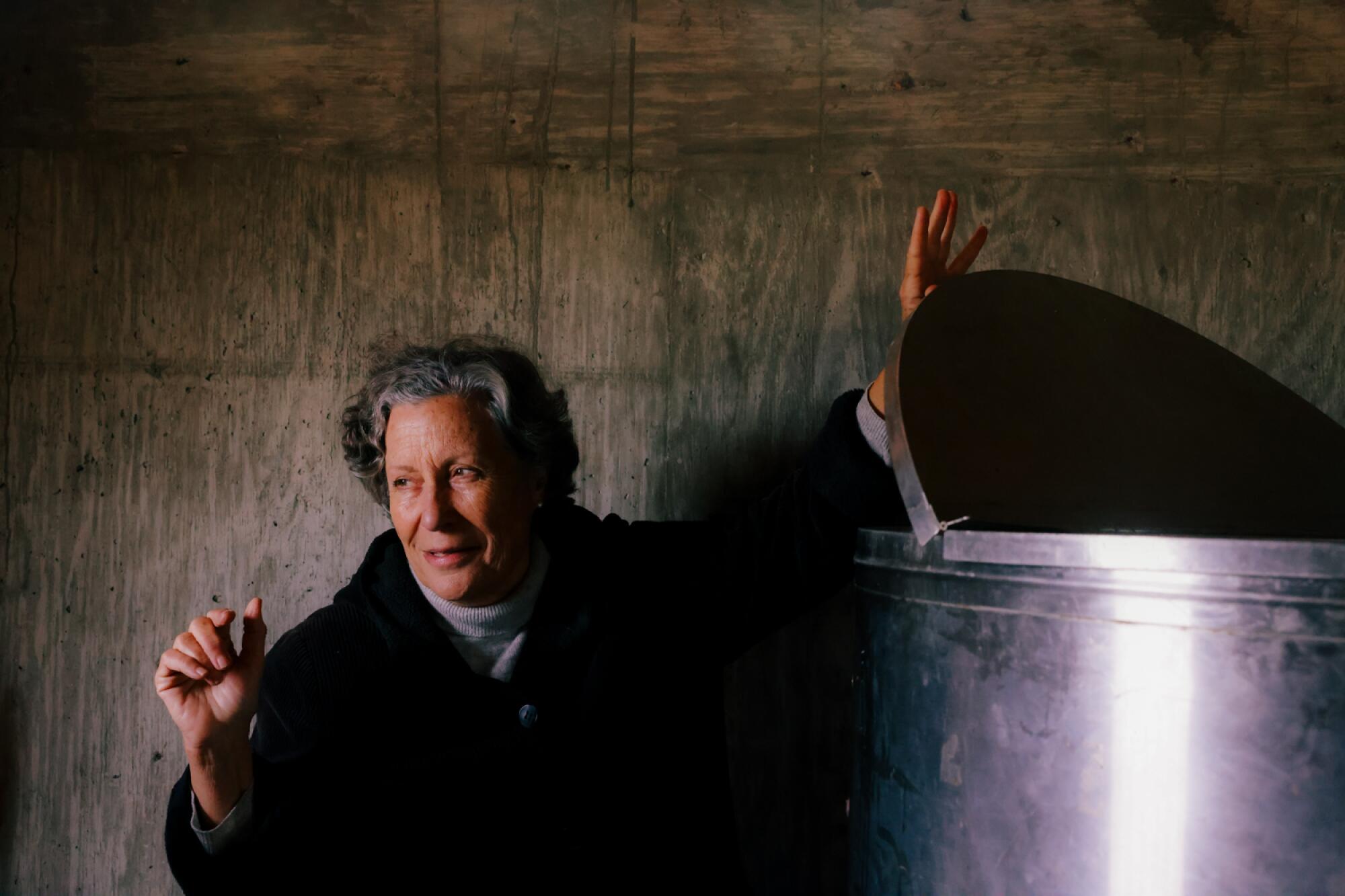
- Share via
VALLE DE GUADALUPE, Mexico — Sunset closed in on the 70-year-old vines at Vinicola Mogor Badan on a spring afternoon. The sky transitioned to an icy hue. Natalia Badan, matriarch and owner of the winery, walked her family’s land and surveyed the vineyard and organic farm her Swiss-French parents built with rocks and mud in the 1950s here in Baja California.
Moments later, the chirping birds went silent. The bass started up.
A loud thumping emanated from her new neighbor — a chic, open-air dining establishment — abutting her grapevines. For years, the neighboring land was a carob tree ranch. Now, it’s a restaurant and bar, part of a proliferation of businesses meant to serve and draw in tourists to Baja’s trendy wine country.
It’s the kind of place made for Instagram, where out-of-towners snap photos of themselves next to resident zebras or waiters dressed in safari-inspired outfits serving decadent cocktails.
Badan shook her head.
“And, there is the music,” she said in exasperation. “Boom. Ba. Boom. Ba. Boom. Ba. It’s out of place.”
The new restaurant was just the latest iteration of the uncontrolled development that has encroached on this rural hamlet, which now has 10 times the number of restaurants it did in 2001. Badan said she still doesn’t understand how a restaurant could be built on land zoned for agricultural use.

“We are a farming community. Nature has its own rhythm,” she said. “This urban nightlife is not compatible with agriculture. It’s disconnected from its environment. It breaks something.”
It wasn’t just the loud music that irked Badan, a 70-year-old no-nonsense woman with regal, salt-and-pepper hair.
The restaurant says the 18% service fee attached to checks is part of a vision to make pay more equitable among all workers. The suit filed Tuesday in L.A. seeks damages for what servers claim are tips.
Valle de Guadalupe is a semi-arid wine-making subregion in Baja California, which is a desert where the land is freckled with agave, cactus and chaparral alongside grapevines and olive trees. It lies a two-hour drive south of San Diego.
A little more than a decade ago, it was a quaint getaway with about 50 wineries, where vineyards thrived in the rocky and porous soil. With its temperate Mediterranean climate, expansive arid landscape, blue skies and few places to sleep and dine, it gradually became an ideal getaway for visitors looking for a rustic alternative to tasting rooms north of the U.S. border.
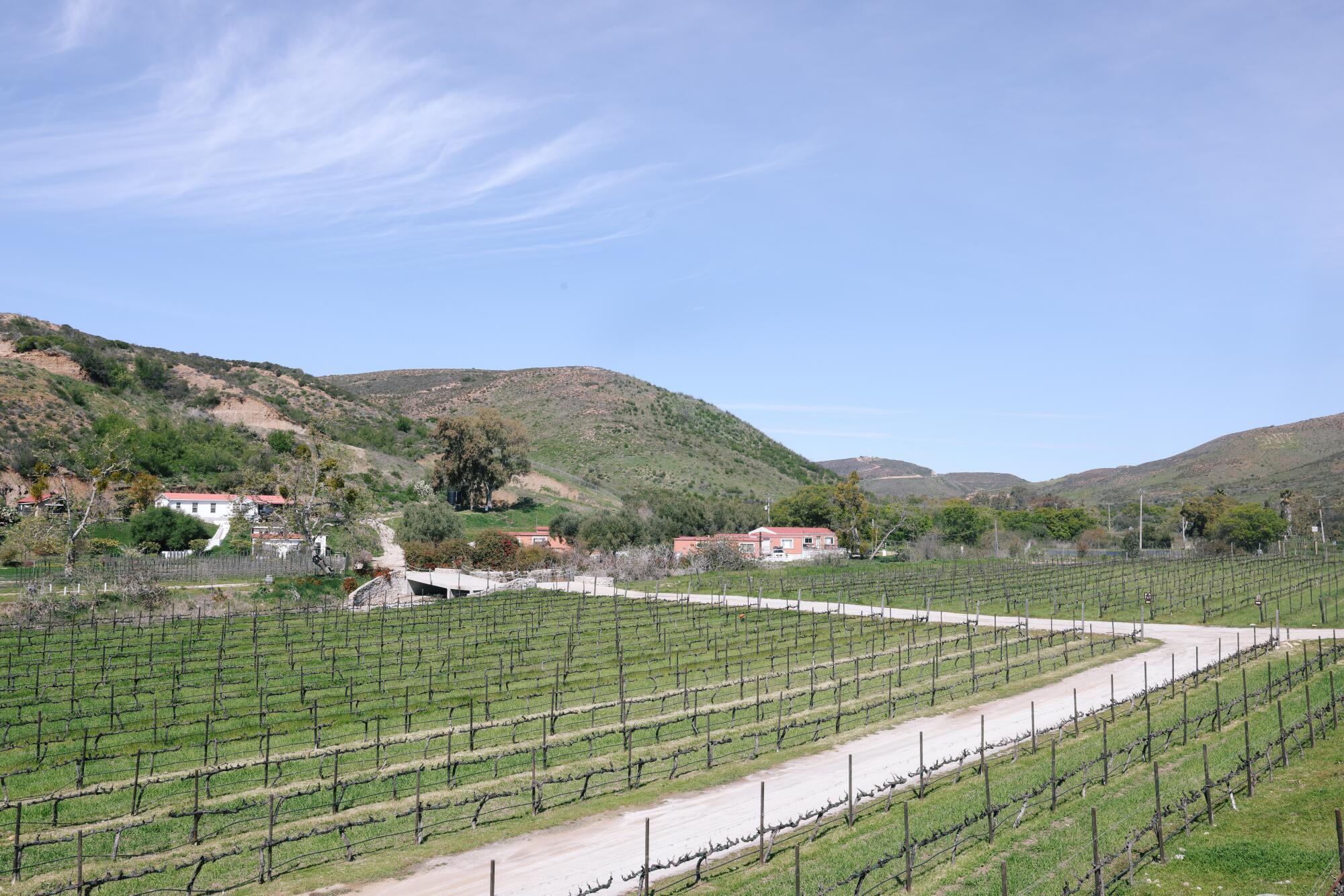
Soon after, the region exploded in popularity and became a magnet for tourists — some of them Angelenos getting away for the weekend or daytrippers from San Diego. Well-heeled Mexican nationals, especially from Mexico City, also made their way north.
At the same time, the region’s gastronomy blossomed and renowned Mexican chefs built restaurants that have helped popularize Baja-Med cuisine, a local fusion of Mediterranean, Asian and Mexican influences showcasing the fresh seafood of Baja California.
Javier Plascencia, chef and owner of highly acclaimed Animalón, first started cooking here at summer wine festivals in 2000.
“I fell in love with the energy of the place, the people, the wine,” Plascencia said. “We have the best ingredients. We have the Sea of Cortez and the Pacific Ocean that give us really good quality seafood and fish. We have great ingredients in our backyard ... the olive trees to make olive oil.”
Soon after, he opened up something of a small diner along the road and in 2012 launched Finca Altozano — an open-air dining room with farm-fresh food — which is one of many well-regarded restaurants in Valle de Guadalupe.
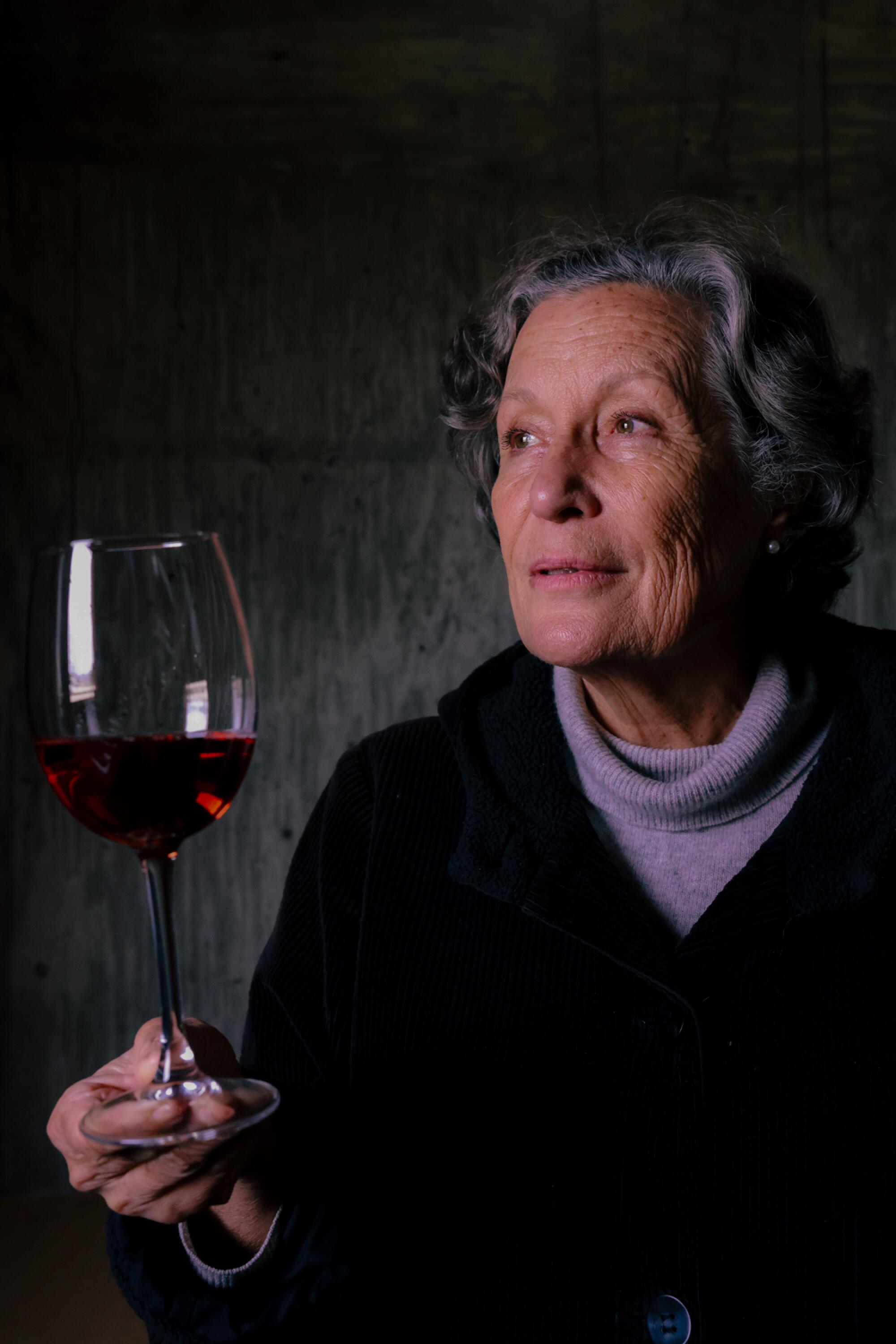
Now, the region is a world-class wine destination with more than 150 wine producers, most in Valle de Guadalupe.
The valley’s wine is known for its unique minerality — and sometimes salinity — given that the land was once an ocean bed and salt reserves remain in the water table. The climate mitigated by cool coastal breezes meant vintners could grow a wide range of grapes, from Spanish Tempranillo to Bordeaux varietals such as Malbec and Sauvignon Blanc.
The region is ripe with experimentation because it is uninhibited by appellation rules, such as those in Europe, that govern where vintners can plant and what wine they can ultimately create.
Outside developers looking to profit from the tourism boom have moved into the valley and erected new wineries, resorts, short-term rentals, restaurants and now, even nightclubs.
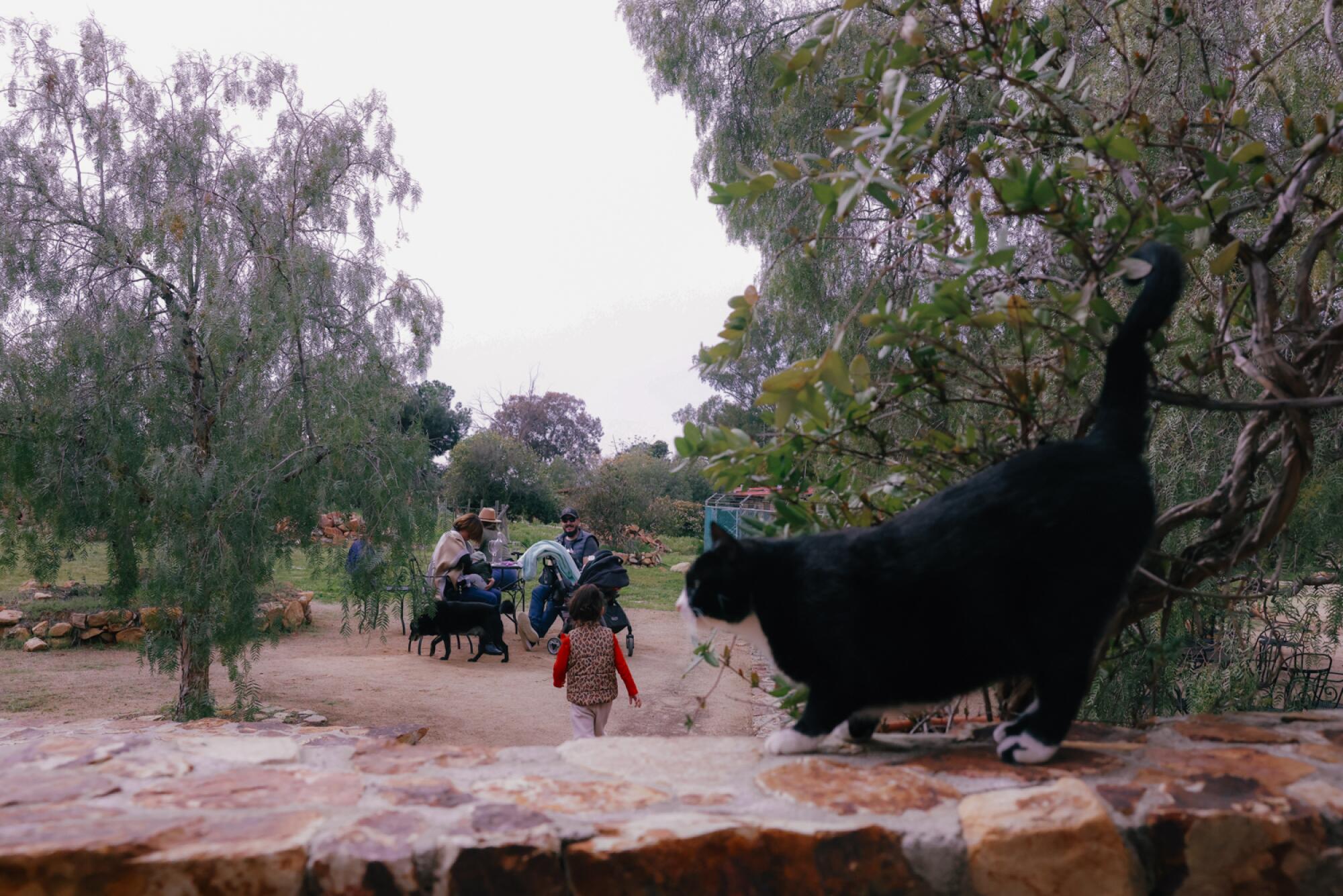
Some tourists — usually the cool and younger set wearing oversize straw hats paired with midi dresses and boots — come for some of the wine and panoramic views but stay for the parties, all captured on social media for their friends to see back home in Los Angeles or Mexico City.
Wine has long been part of Mexican culture.
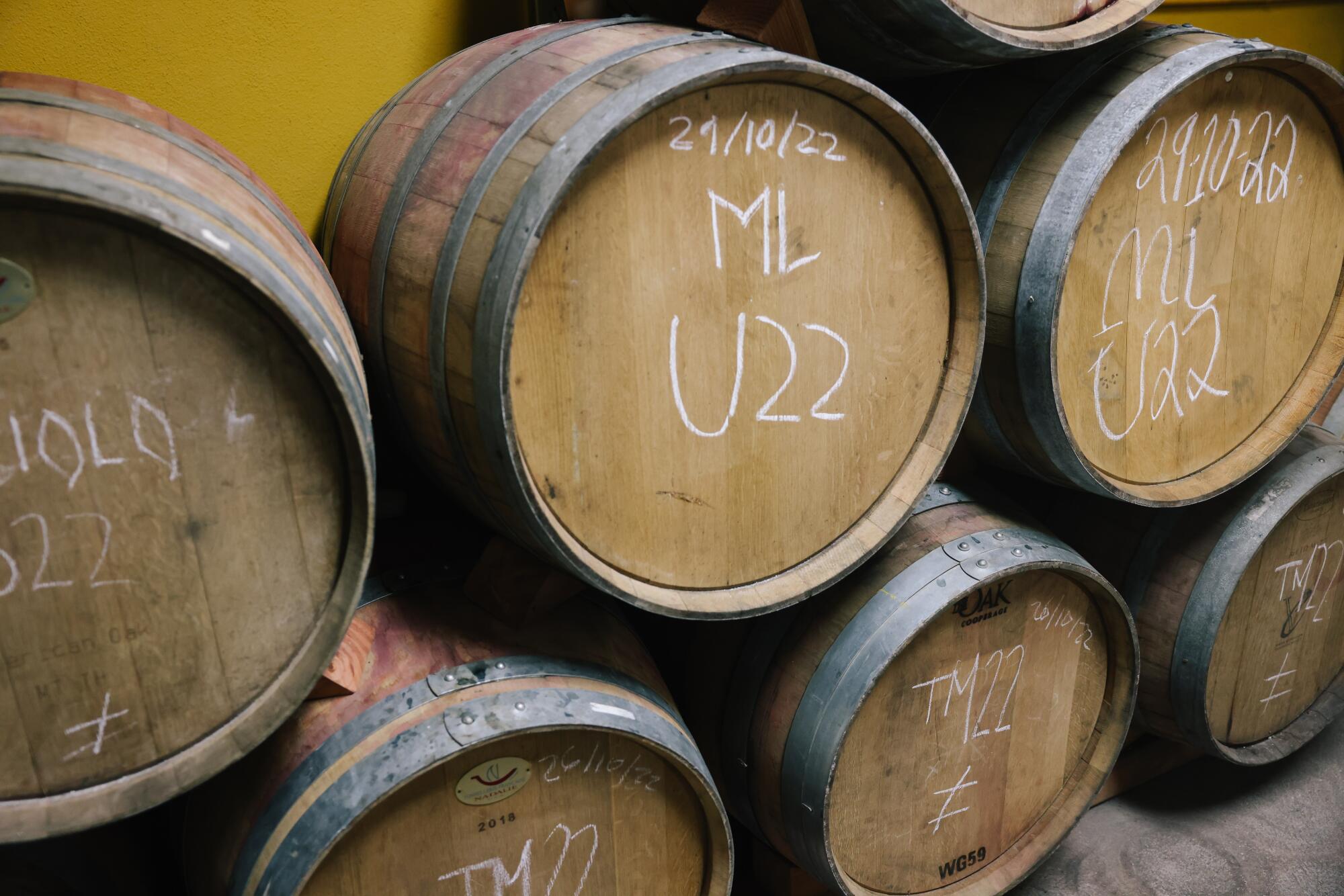
In 1524, conquistador Hernán Cortés signed a decree stating that all landowning settlers who were slave owners had quotas for planting Spanish grape vines.
But years later, Spanish producers began to feel threatened by the success of vineyards in the Americas. Under pressure, in 1595, King Philip II of Spain prohibited almost all new wine grape cultivation in Mexico, limiting it solely to sacramental wine for Catholic parishes.
Serious wine-making is relatively new — starting in the 1980s — in Valle de Guadalupe. There are other regions — such as San Luis Potosí and Querétaro — but the Valle now produces an estimated 70% of Mexican wine.
A guide to traveling responsibly in Baja California: what to bring, laws to know, what to do if you’re pulled over, where to find gas stations and other key advice.
Vintners, conservationists and environmental studies argue that if the growth and urbanization continues unabated, the pressures on the core industry will result in the region ceasing to be a wine region.
In a way, the valley may become a victim of its success, explained Ileana Espejel, an ecologist who specializes in regional planning and is a retired professor and researcher at the Universidad Autónoma de Baja California in Ensenada.
“They are destroying the goose that lays the golden eggs and they don’t even know it,” Espejel said. “When they destroy the landscape, nobody will want to come here.”
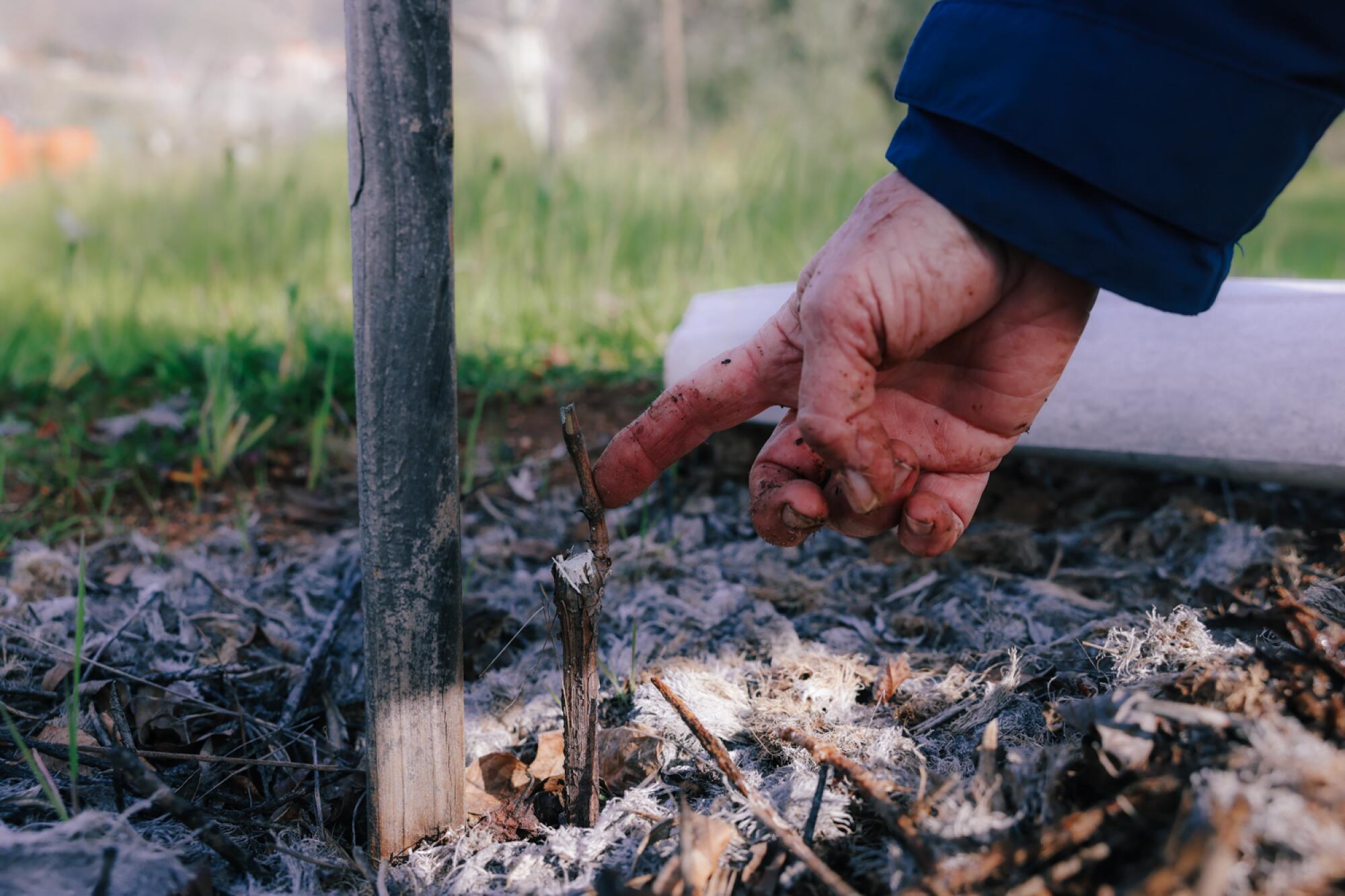
Water troubles
Water woes are another looming factor. Rain has always been scarce here, and signs are growing that the valley’s demand for water is overwhelming its infrastructure.
Unlike many wine regions in California that are able to rely on varying sources of water, Valle de Guadalupe has the Guadalupe Aquifer, a body of porous ground or sediment that holds groundwater, as its only source of water. Depending on the rainfall each year, the water table rises and falls.
But since 1995, the general trend has been more water being sucked out of the aquifer than going in, said Thomas Kretzschmar, a hydrogeologist at the Center for Scientific Research and Higher Education (CICESE) in Ensenada.
The demand for water has spiked in recent years because of the population growth and urbanization of the valley, limiting the replenishment process of the groundwater table, Kretzschmar said.
“Water is the principal issue in the valley,” he said. “If they develop more and more, they will use more and more water and we’re going to have more and more problems. … They will run out of water.”
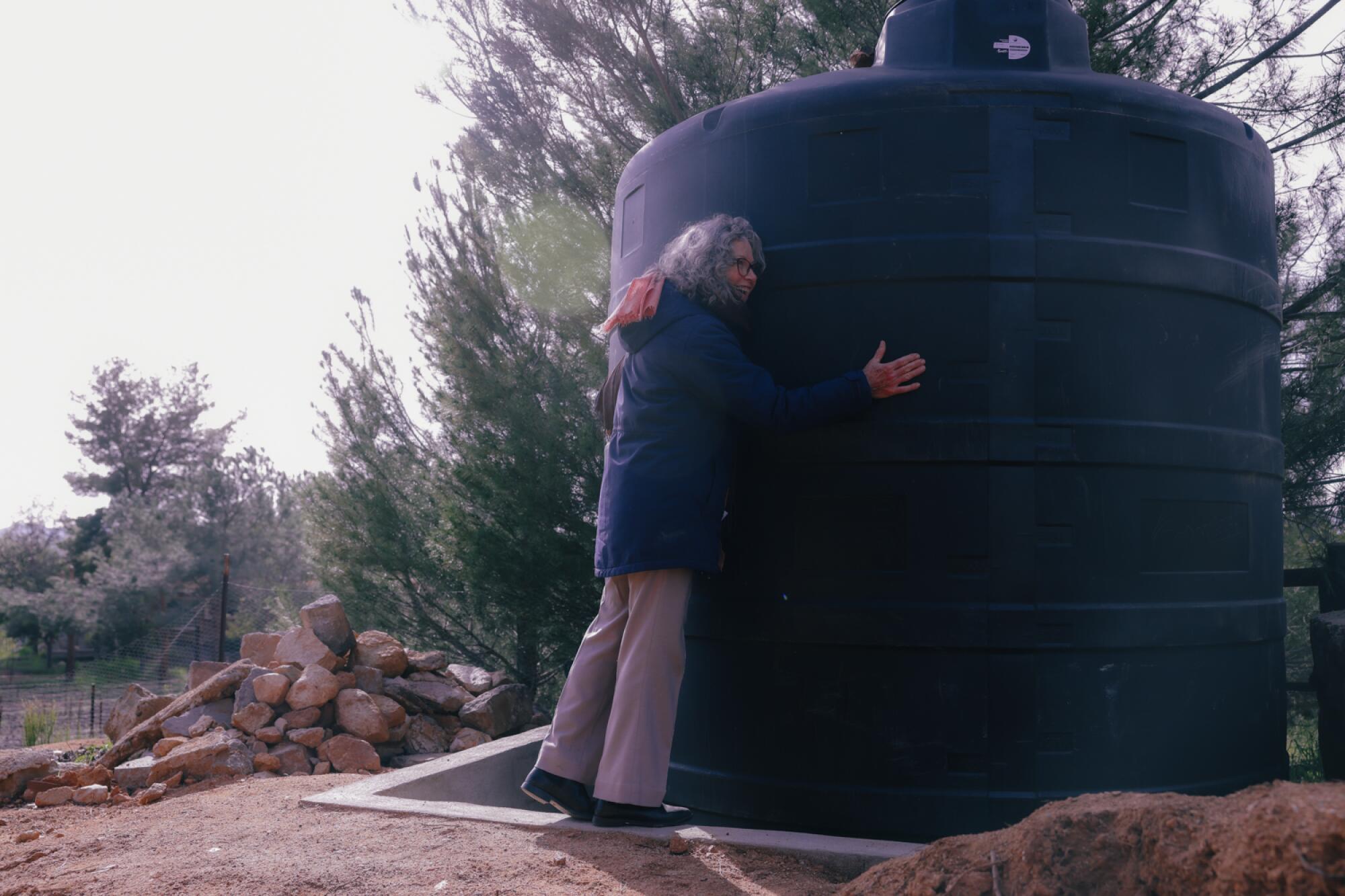
While the exceptional rainfall from earlier this year did help replenish the aquifer, Kretzschmar said it isn’t enough. “We need seasons like that last one every year,” he said.
Conservationists say there are simply too many straws in the aquifer.
As water is removed from the aquifer, the water that remains tends to be saltier. The increasing sodium content of this water implies that these wells are reaching the limit of usable water, Espejel said.
A slight brininess is noticeable in some of the valley’s wine; some local wine experts chalk it up to it being part of the valley’s terroir. But too much salinity can spoil wine and ultimately kill the vines.
Last year, for the first time, Badan had to pay to truck water in to irrigate her vineyard because the lack of rainfall had left her with too little.
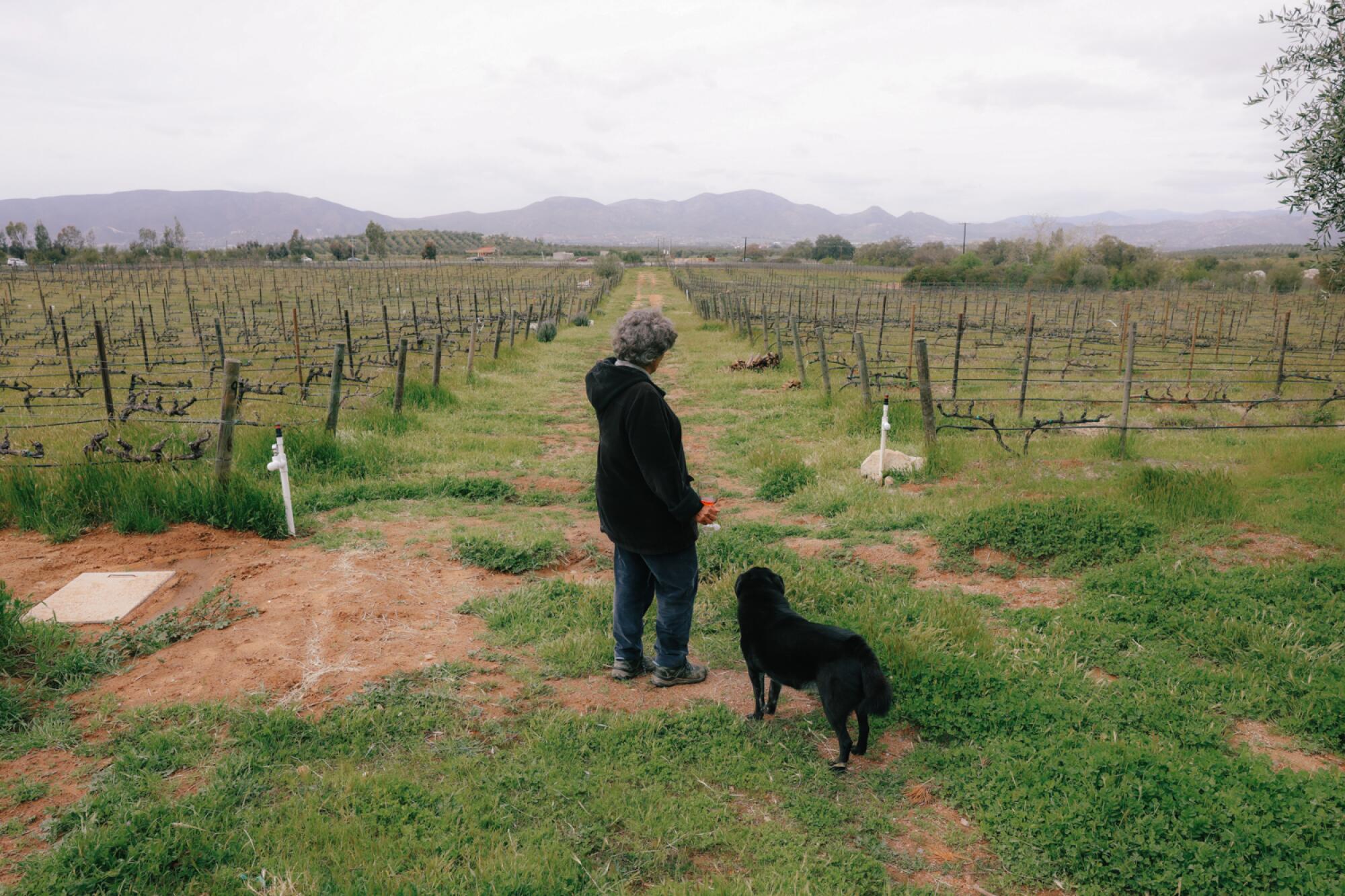
Still, it wasn’t enough.
She also had to buy 30% more grapes than usual from vineyards in nearby Santo Tomás to make enough wine to sell.
The sinking of clandestine wells only exacerbates the situation, conservationists said. It’s unclear how many illegally sunk wells there may be, and government officials haven’t done much to clamp down on the issue, residents said.
The problem is that there isn’t much enforcement. This power vacuum allows unlicensed and unregulated projects to proliferate, said Espejel, who helped write those land-use regulations in 2018.
“What’s the use of making laws in Mexico if nobody follows them,” she said. “You need strong authorities enforcing the laws and that’s not happening.”
Government officials with the municipality of Ensenada acknowledged that there are several establishments operating in Valle de Guadalupe without the required permits — from use of land, construction and operation to those needed for the sale, storage and consumption of alcohol.
“The mayor, Armando Ayala Robles, has promoted a series of actions with the objective of regularizing the establishments that are located in the area and that for years operated without corresponding permits,” Ensenada mayoral spokesperson Nicté Madrigal said in a statement.
Currently, there are 302 permits in process to regularize establishments looking to obtain new permits along Valle de Guadalupe’s wine route, Madrigal said.
From October 2019 to June 2023, government officials have issued more than 300 fines and closed or banned the sale of alcohol at 62 businesses, she added.
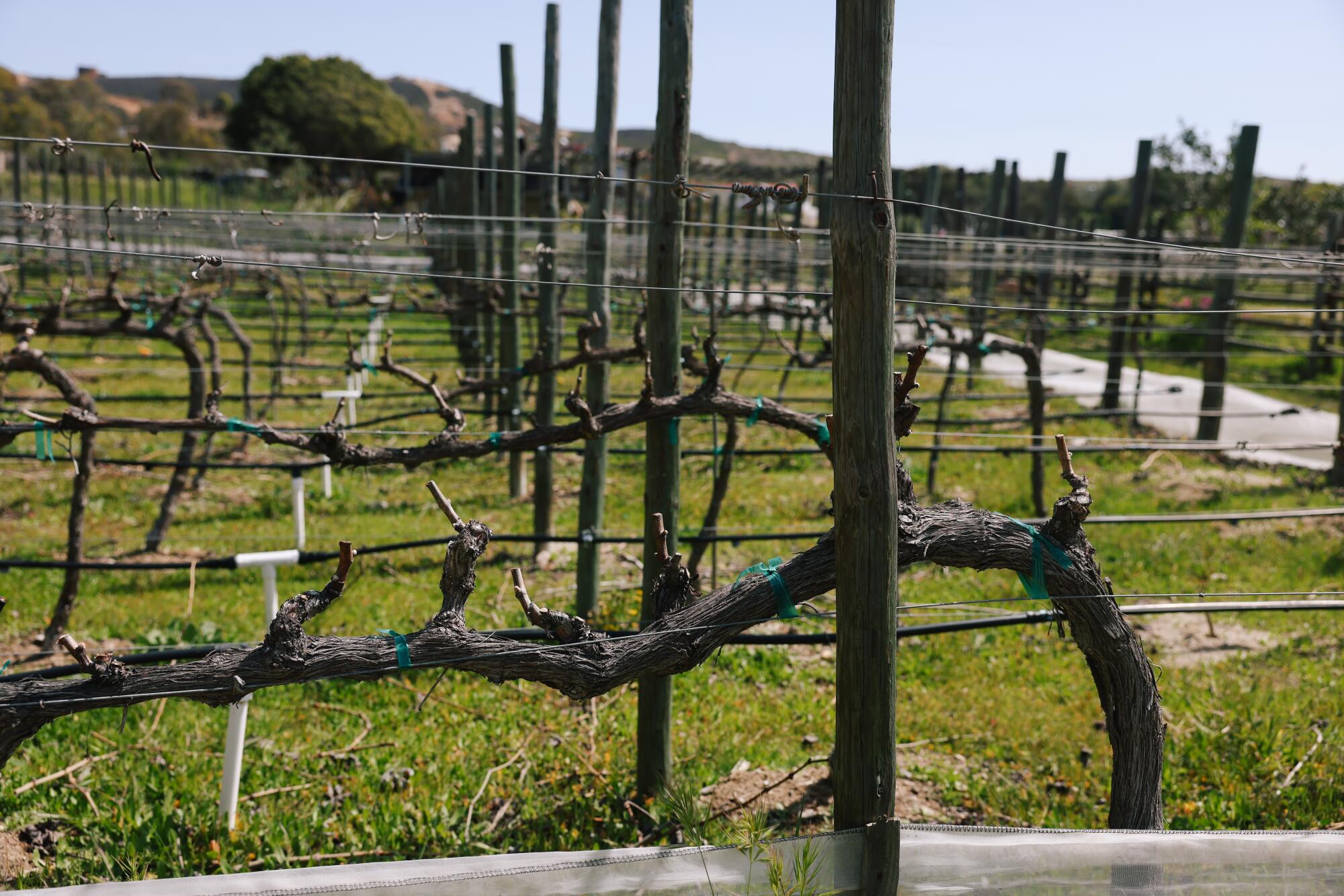
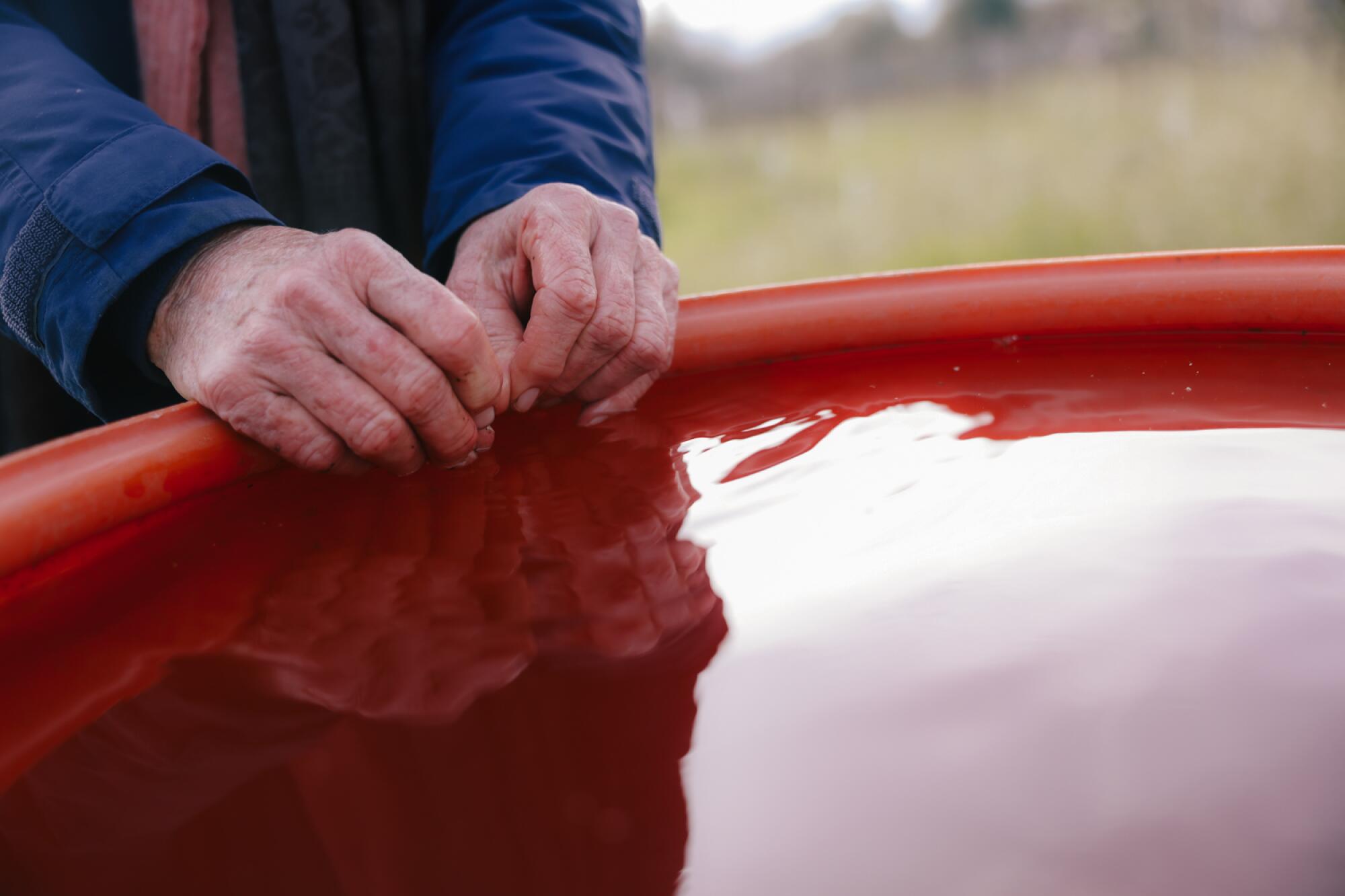
Agriculture uses the majority of the valley’s water. Badan and other farmers believe that’s the way it should be, pointing out that there is very little land in Baja California that is good enough for growing food.
They argue: Why bulldoze fertile land to erect buildings?
“This land already has a destiny,” Badan said. “And its destiny is making wine.”
Every day a health inspector makes an unannounced visit at restaurants throughout Los Angeles County. What does it take to pass an inspection? Who makes up the rules and why? It’s a job facing high vacancy rates — but someone has to do it.
Miguel Aguíñiga Rodríguez, secretary of tourism for Baja California, said he also wants to preserve the rural nature of all seven valleys in the state, including Valle de Guadalupe. But he believes there needs to be a balance that will accommodate the tourists who want to visit.
“To say that if there is more tourism there will be less water, is a bit speaking from a selfish point of view,” Aguíñiga said.
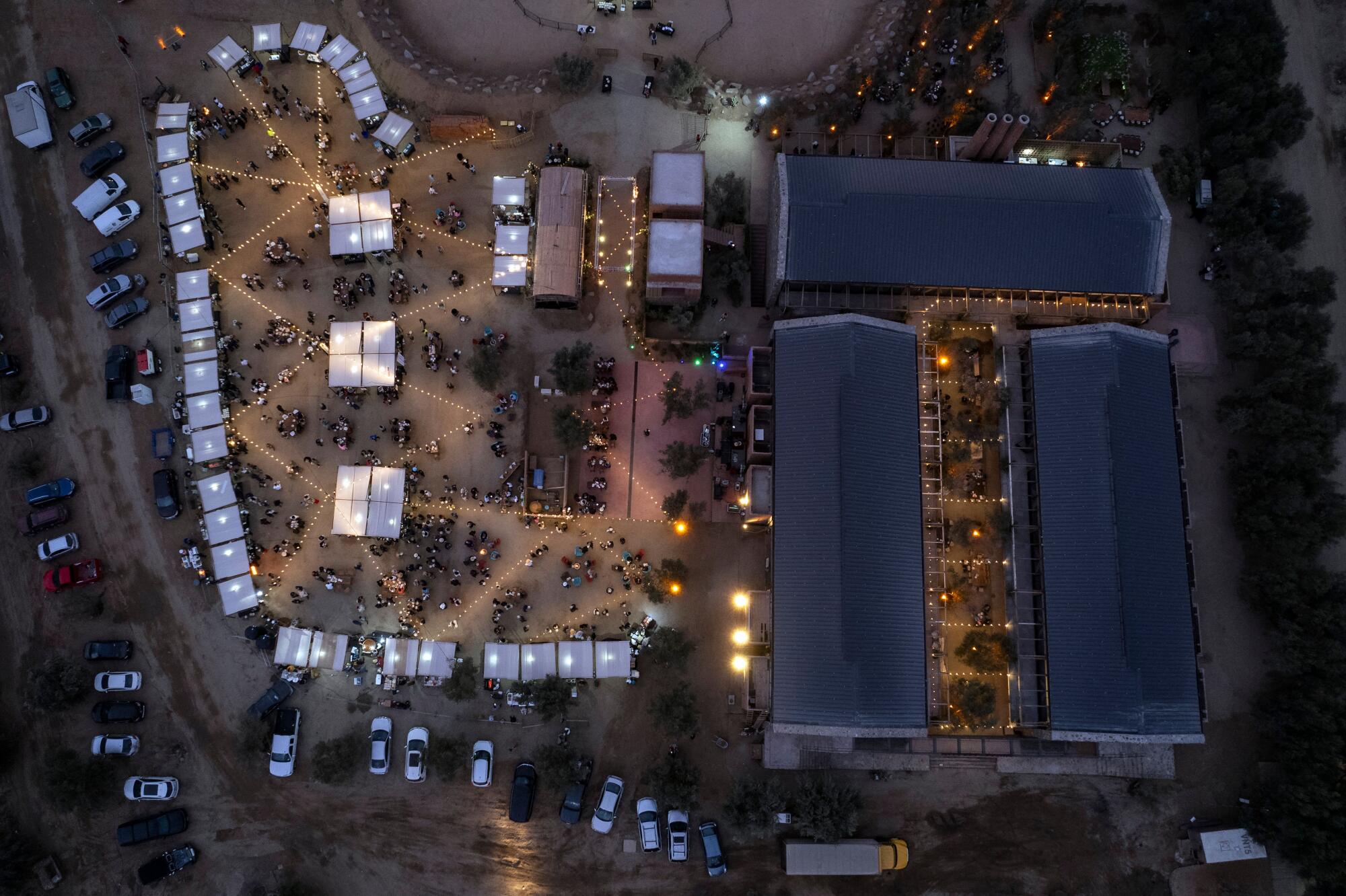
Aguíñiga said the boom in tourism provides thousands of jobs for the region. He also points out that the wineries themselves are part of that growth.
Still, he said his agency is working with federal and state environmental authorities to correct practices from past administrations, he added.
Aguíñiga said he’s not too worried about water scarcity in Valle de Guadalupe because of a water infrastructure plan that has been tentatively approved by various agencies. The plan includes the construction of an aqueduct that would carry treated water from Tijuana to Valle de Guadalupe.
But the plan is not a done deal. The aqueduct plan is contingent on private funding. In the past, similar plans for the construction of an aqueduct were approved but never came to fruition.
The Valle de Guadalupe in Baja California is Mexico’s premier wine country. As its profile rises, locals worry it’s outgrowing its infrastructure and losing its peaceful charm.
In the last few years, vintners and conservationists have taken matters into their own hands. Many have joined forces — even staging protests — to try to stop unfettered urbanization of the valley.
In October 2021, more than 300 people took to the valley’s main two-lane road to protest against the construction of a temporary amphitheater that could hold up to 25,000 people for a concert.
Protesters from the group For a True Valley argued that the valley — where most of the roads are still unpaved, rocky and dusty — didn’t have the infrastructure or enough resources to support such an onslaught of people.
The pushback prompted federal and environmental authorities to shut down the project. Since then, government officials have suspended large-scale concerts in Valle de Guadalupe, prohibiting mass events that go on until early morning hours.
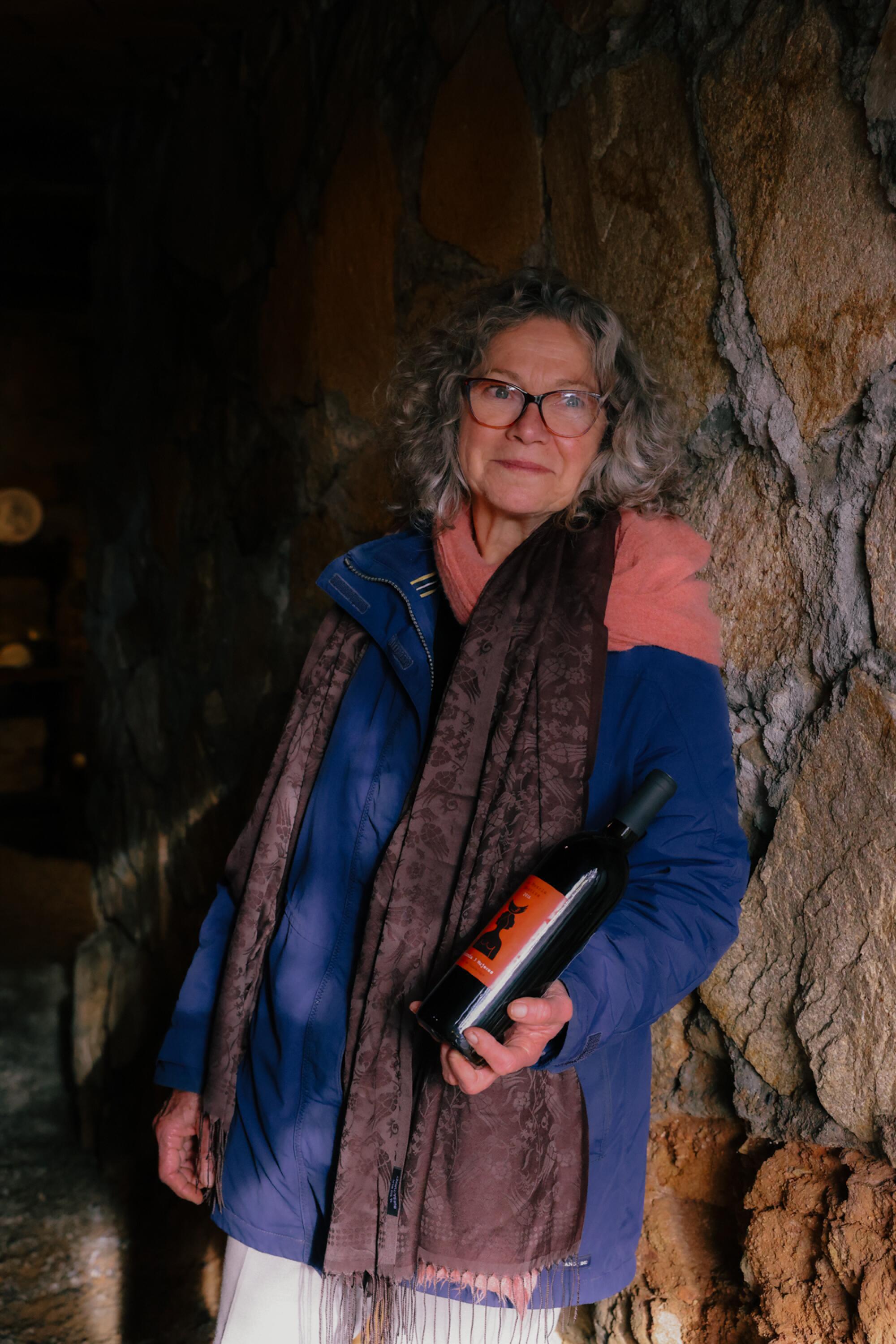
Last fall, a group of winemakers, chefs and concerned community members launched a campaign called Rescue the Valley (Rescatemos el Valle). They called on municipal, state and federal governments to enforce regulations that already govern land use in the region and to create new rules to preserve the valley’s agricultural character.
“We don’t want to be another Tulúm,” the open letter said, referring to the Mexican seaside town that is now overdeveloped and overrun by tourists.
At the same time, some locals are learning to live more sustainably, particularly with less water.
In the last few years, Plascencia cut back his seating at Finca Altozano from 250 to 130. He could grow his wildly popular Animalón to 80 seats, but he’s kept it at 50.
Last year, Plascencia started paying for water to be brought over by trucks from Ensenada because he no longer had access to the well owned by a local vintner who was having trouble keeping enough water to irrigate his vineyards.
The water costs him $150 a day on weekdays and twice that much on weekends. He also reduced his garden and installed a dry bathroom.
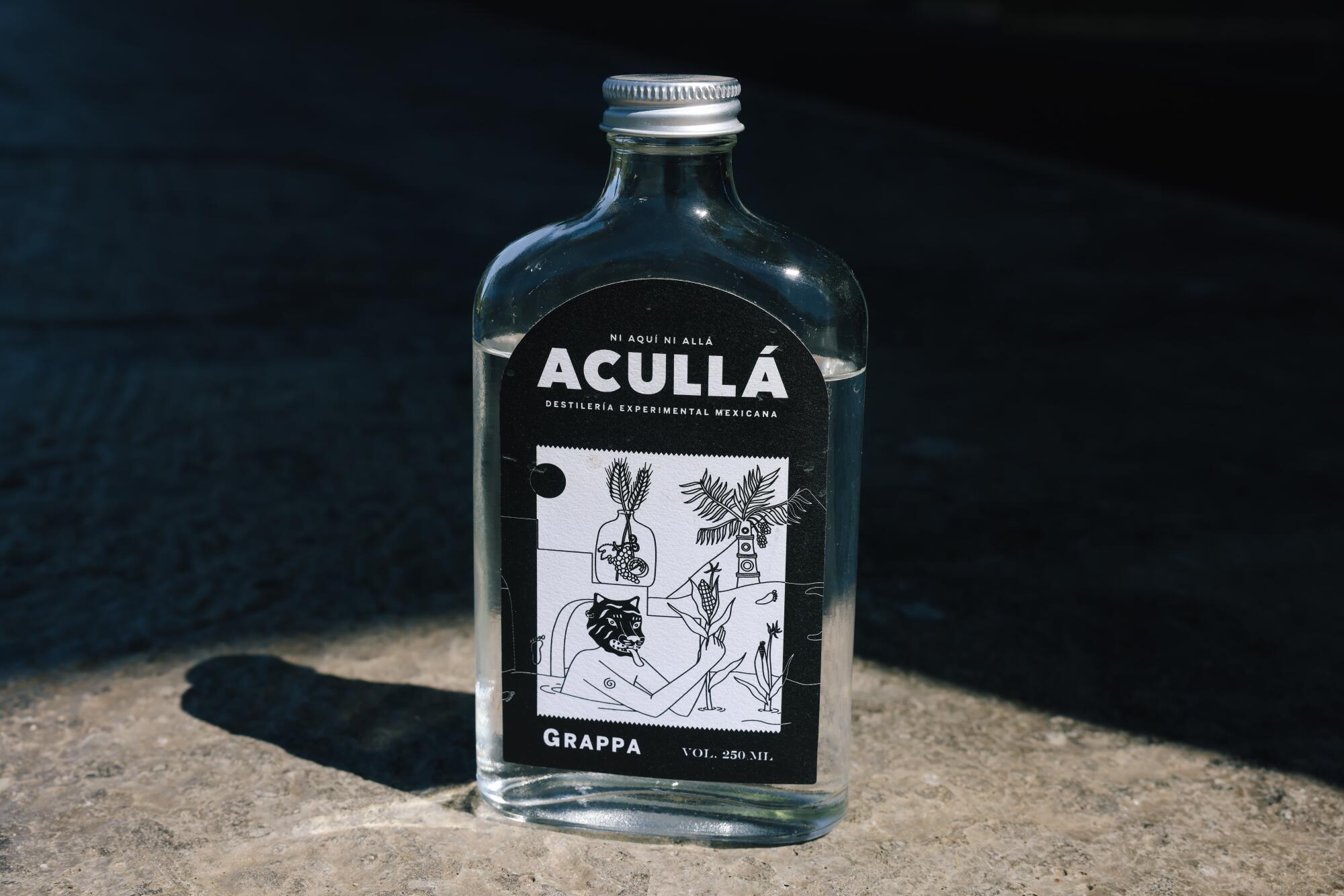
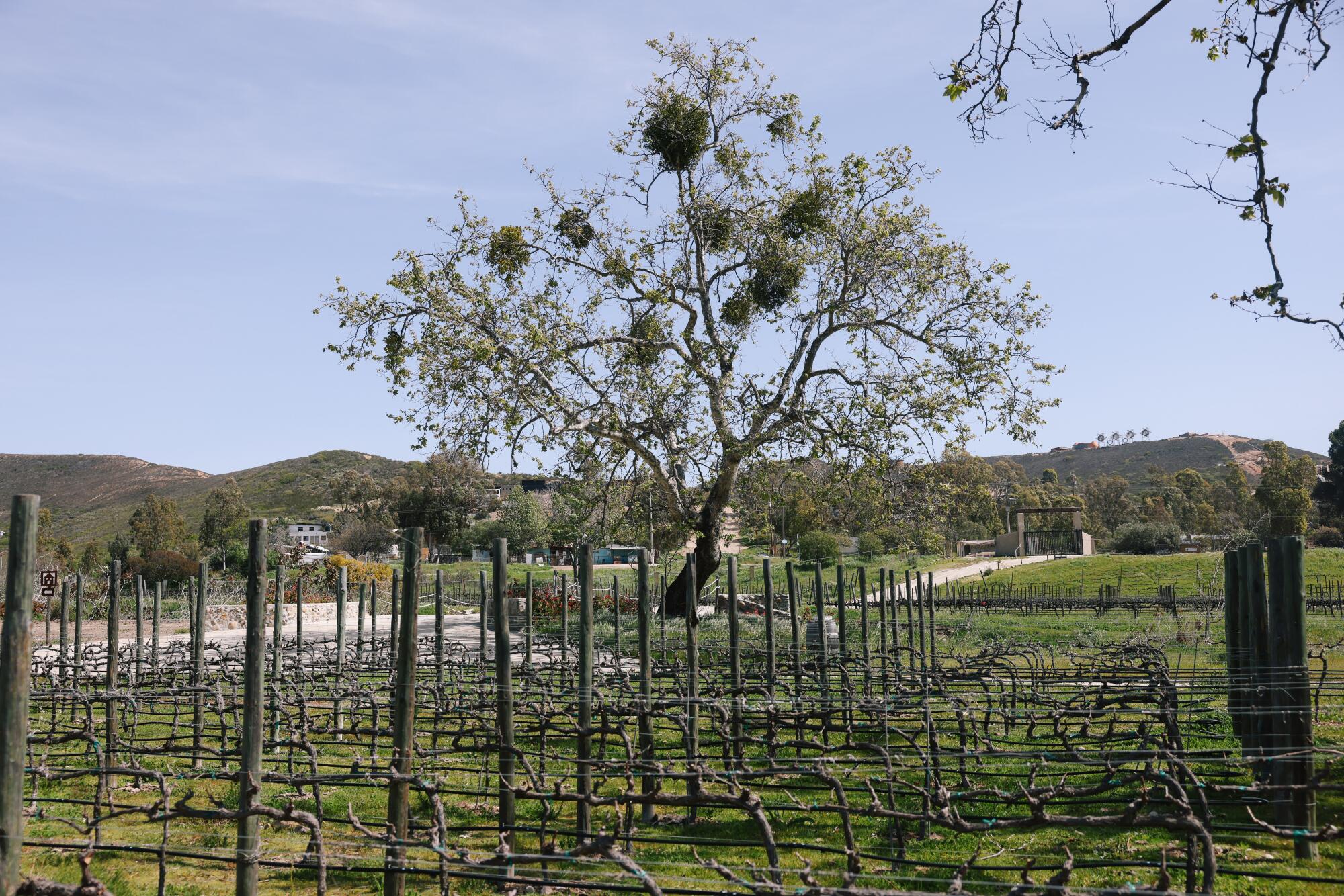
Vintners also are getting creative and experimenting with new and more environmentally conscious ways of farming.
Some vintners in the region — from wine pioneer Hugo D’Acosta of Casa de Piedra to smaller vintners like Aldo Quesada of Viñas del Tigre — are slowly ripping out some of their more water-intensive varietals such as Cabernet.
Growers are replacing those vines with more drought-resistant grapes, such as Grenache or even Misión or Mission, a hearty grape that descends from the first grape varietal Spanish missionaries brought to the Americas about 500 years ago.
Quesada, a 35-year-old grape grower, transformed his family’s land in a small canyon called El Tigre into an organic farm that tries to retain as much rainwater as possible. His father planted his first vines in 2009, but a year later, the family got away from traditional farming and started putting in place regenerative techniques.
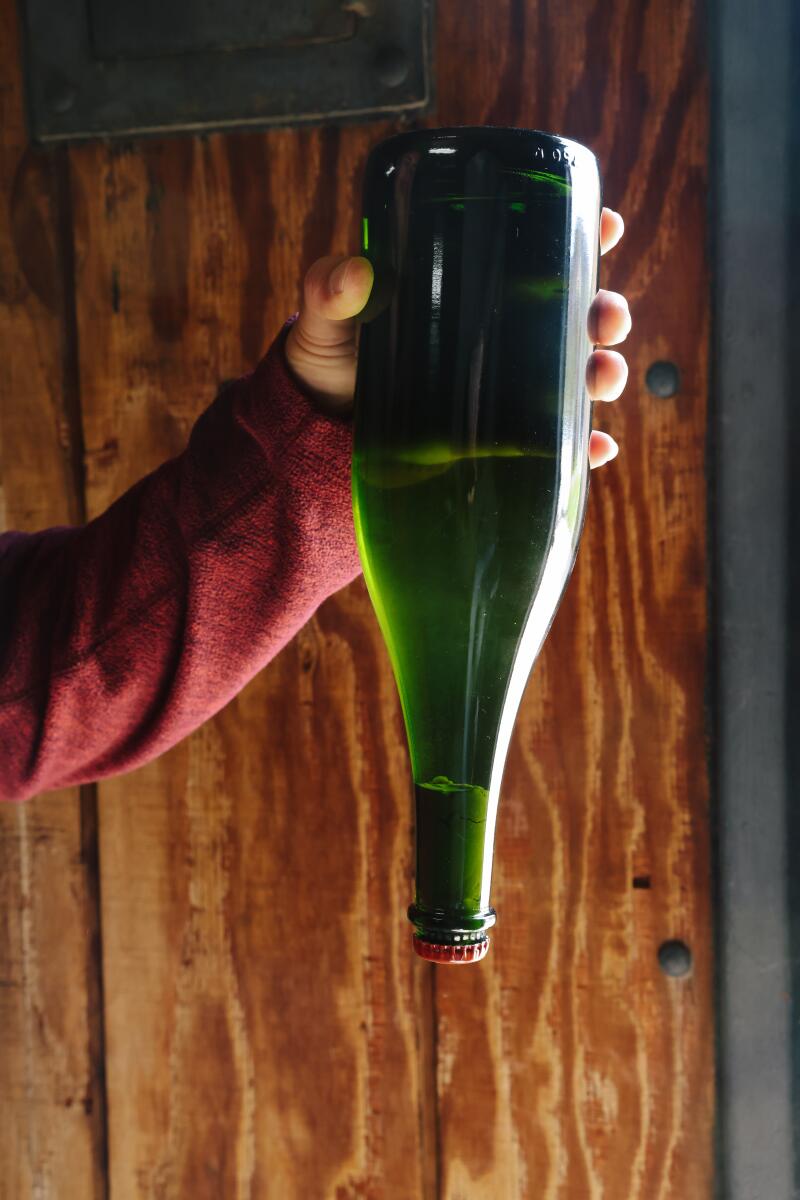
Vintner Aldo Quesada, below, shows the sediment in a bottle of wine at Viñas del Tigre. (Dania Maxwell / Los Angeles Times)
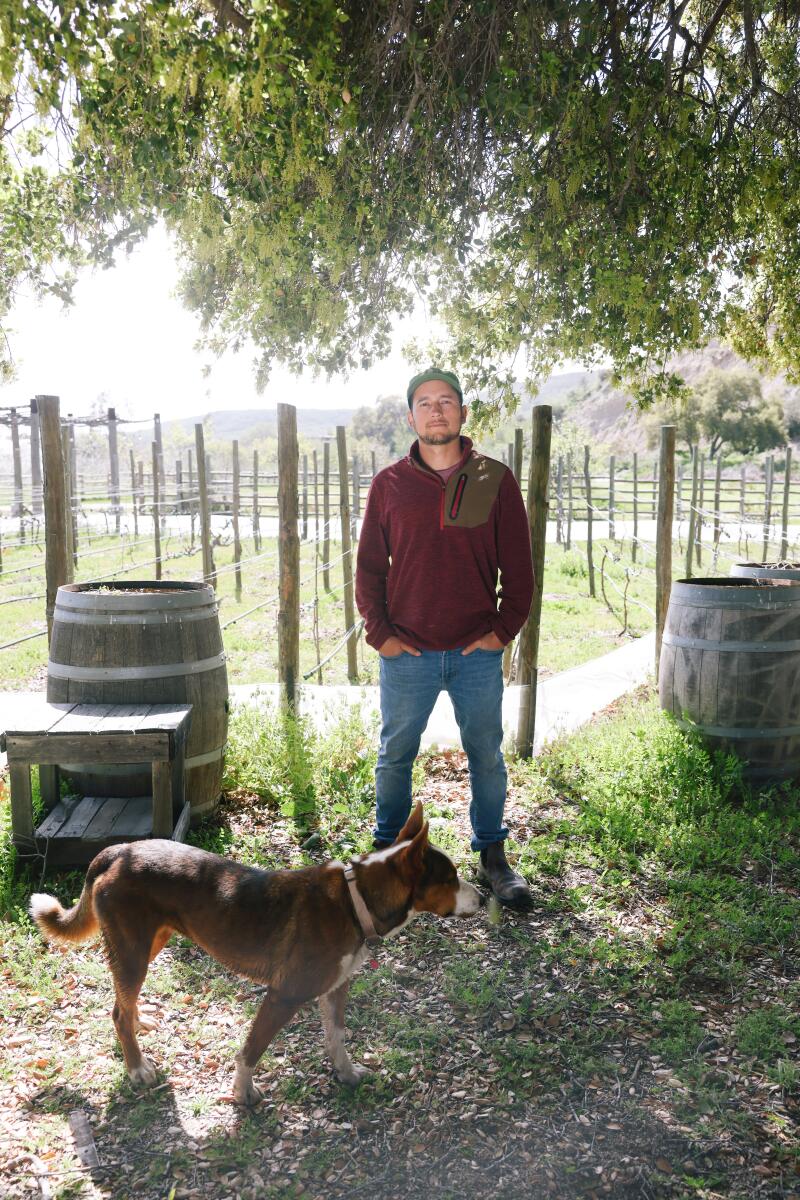
(Dania Maxwell / Los Angeles Times)
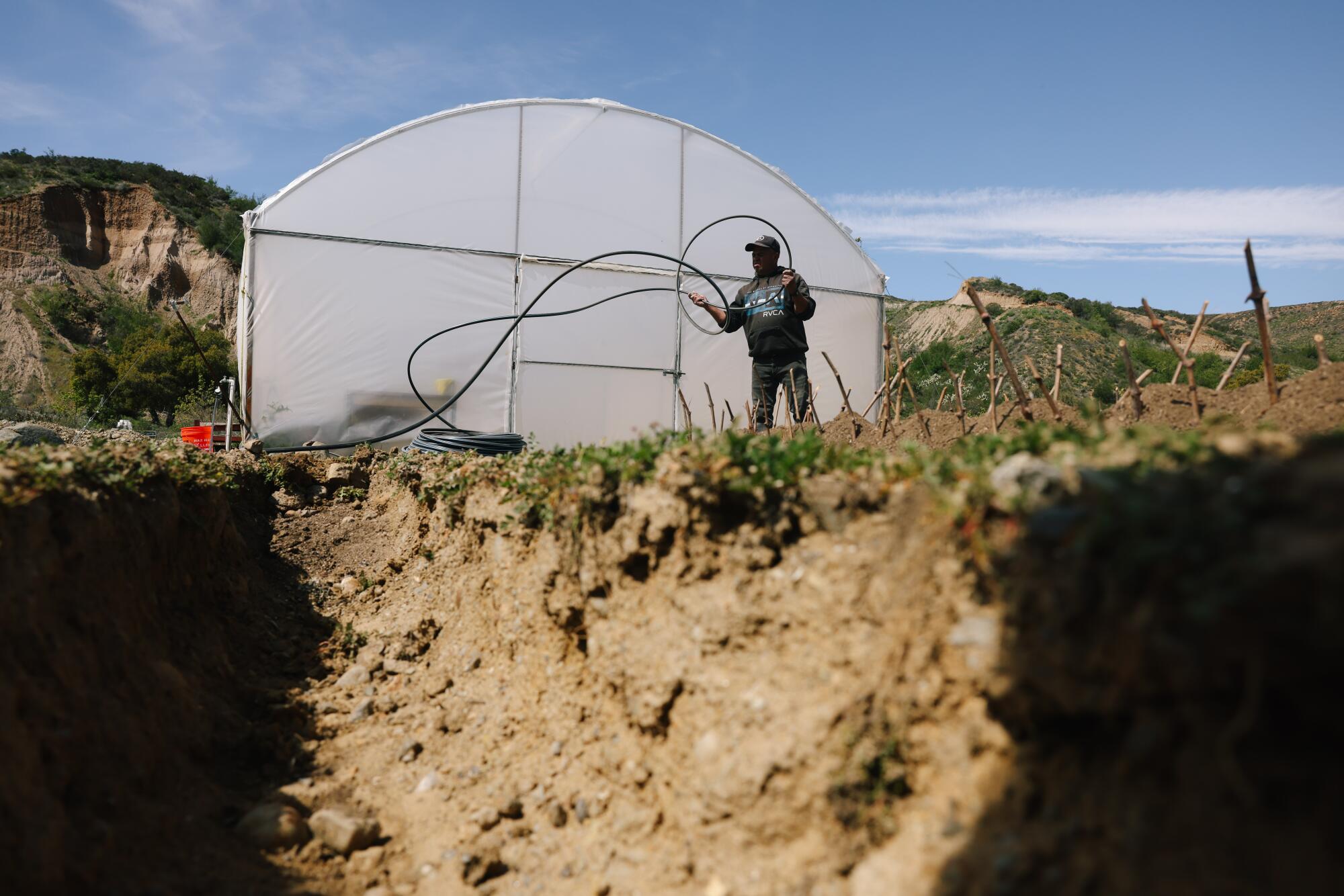
Now, Quesada tills the soil only once a year, and he plants oats or barley between the vines to reduce the growth of invasive weeds.
“We have to learn to use less water,” he said.
Quesada also has a 1.5-million-liter (just under 400,000-gallon) reservoir that’s meant to capture rainfall.
Slowly, Quesada is replacing half of his Cabernet vines with Misión grapes. He’s already replaced a quarter of the original 2,000 plants.
All the wine he makes is natural wine, which is fermented without additives, including preservatives to prevent oxidation upon bottling.
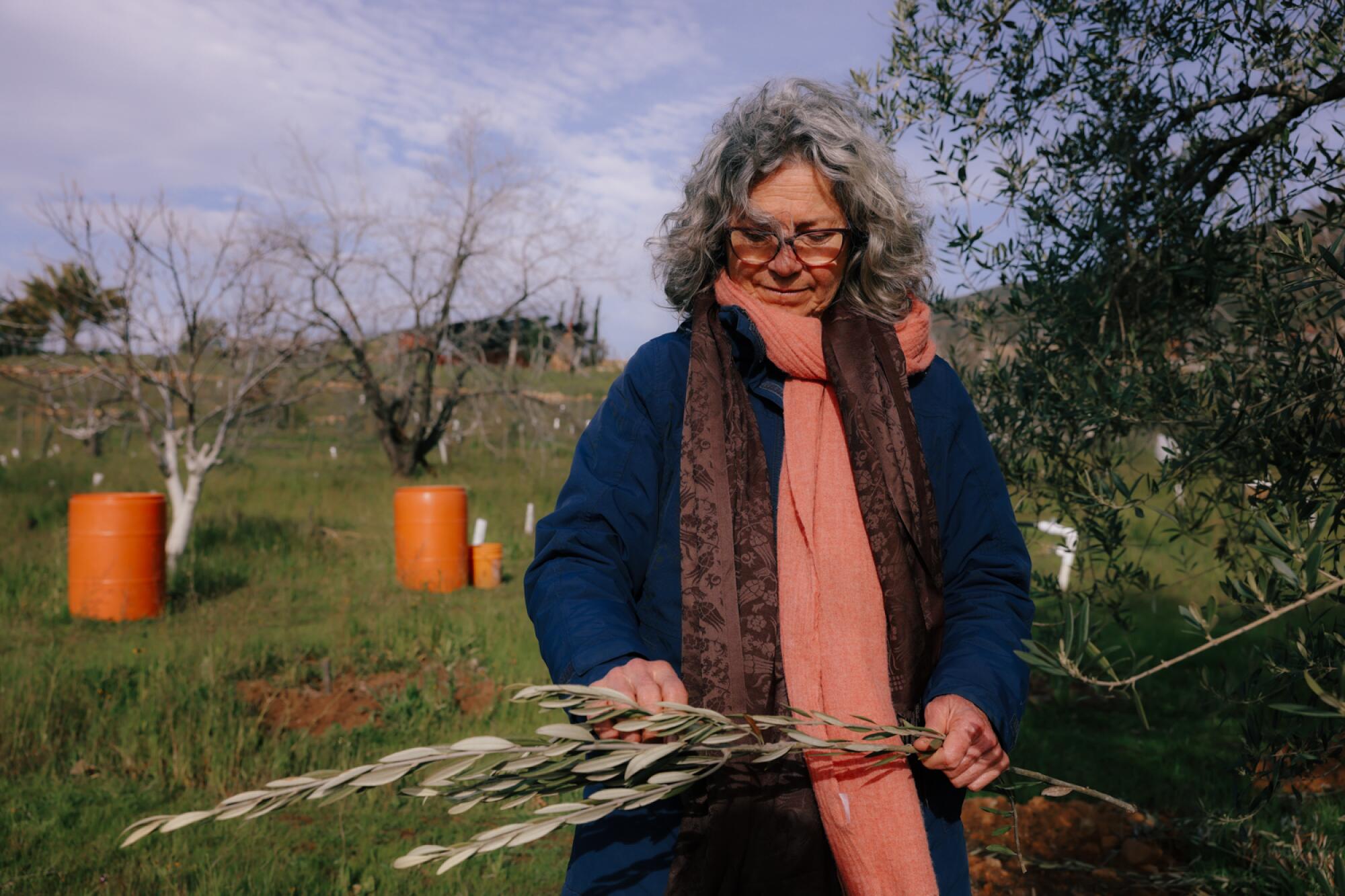
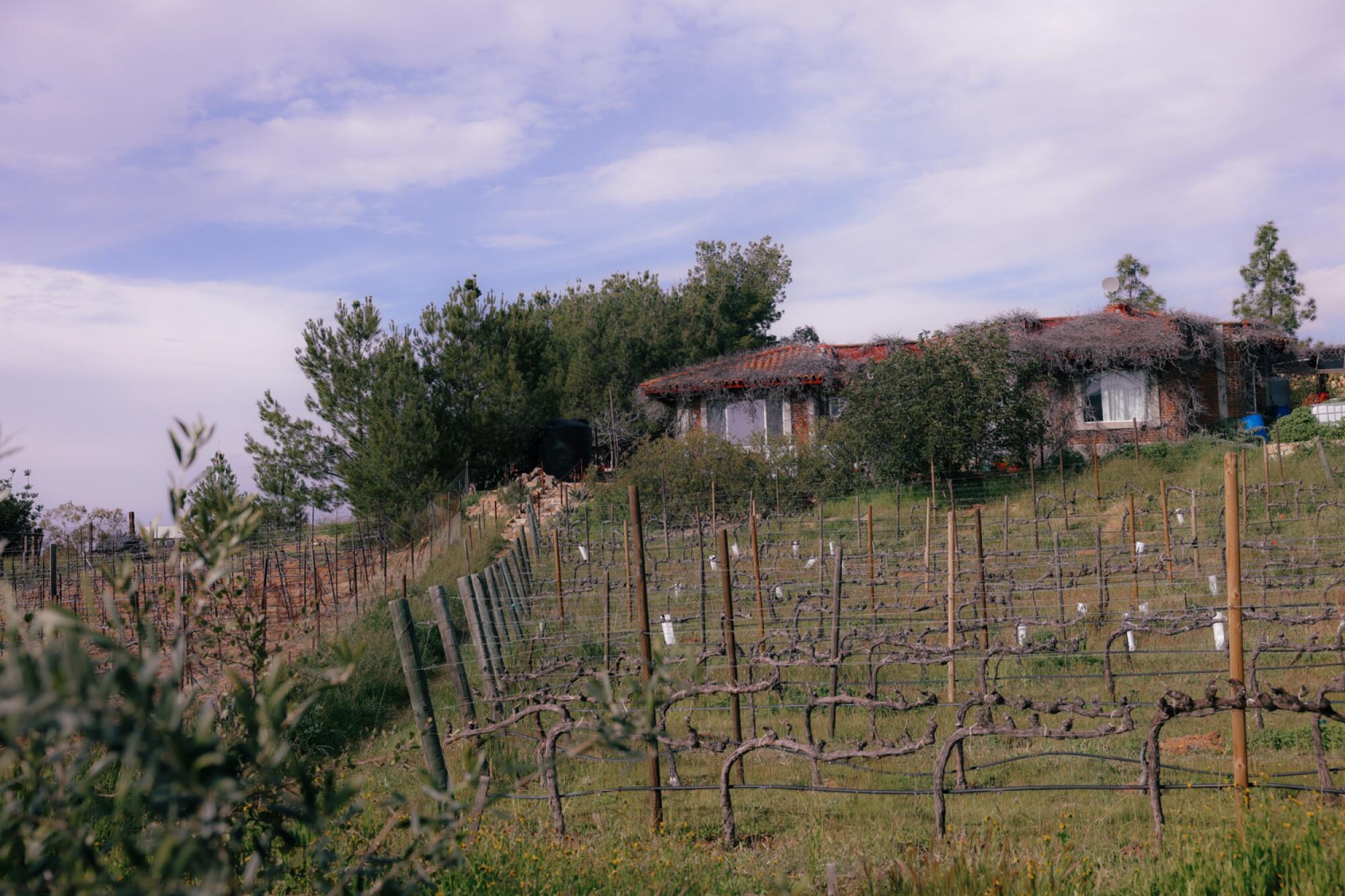
Ivette Vaillard owns Vinícola Tres Mujeres, a small women-led artisanal winery that launched in 2005. Vaillard, who moved to the region in the 1980s, employs much of the same farming techniques as Quesada. She has a few large water tanks on her property meant to capture rainfall. She’d like to capture more water, but she doesn’t have the finances to build a large reservoir.
Her Cabernet vines are more than 20 years old and well established. It can take up to 10 years for a grapevine to yield enough fruit to make wine to sell. Vaillard said she can’t wait that long to see the profit.
“I’m not 30 years old,” said Vaillard, 67. “I don’t have the time. I probably wouldn’t live to see the fruit.”
Badan planted Grenache grapes a few years ago, but the fruit is too young and only good enough to make a rosé. Badan will have to wait a few more years to make a red wine from the fruit.
But for years, she said, she’s tried to adapt to a drier climate.
More than 20 years ago, Badan built a greywater system that helps irrigate her farm. Five years ago, she turned to regenerative farming and stopped tilling the soil where she grows the grapes that produce the family’s carefully crafted Bordeaux vintages.
She restricts the number of people who can dine at Deckman’s at El Mogor, an award-winning farm-to-fork restaurant on her land, to only 150 at a time.
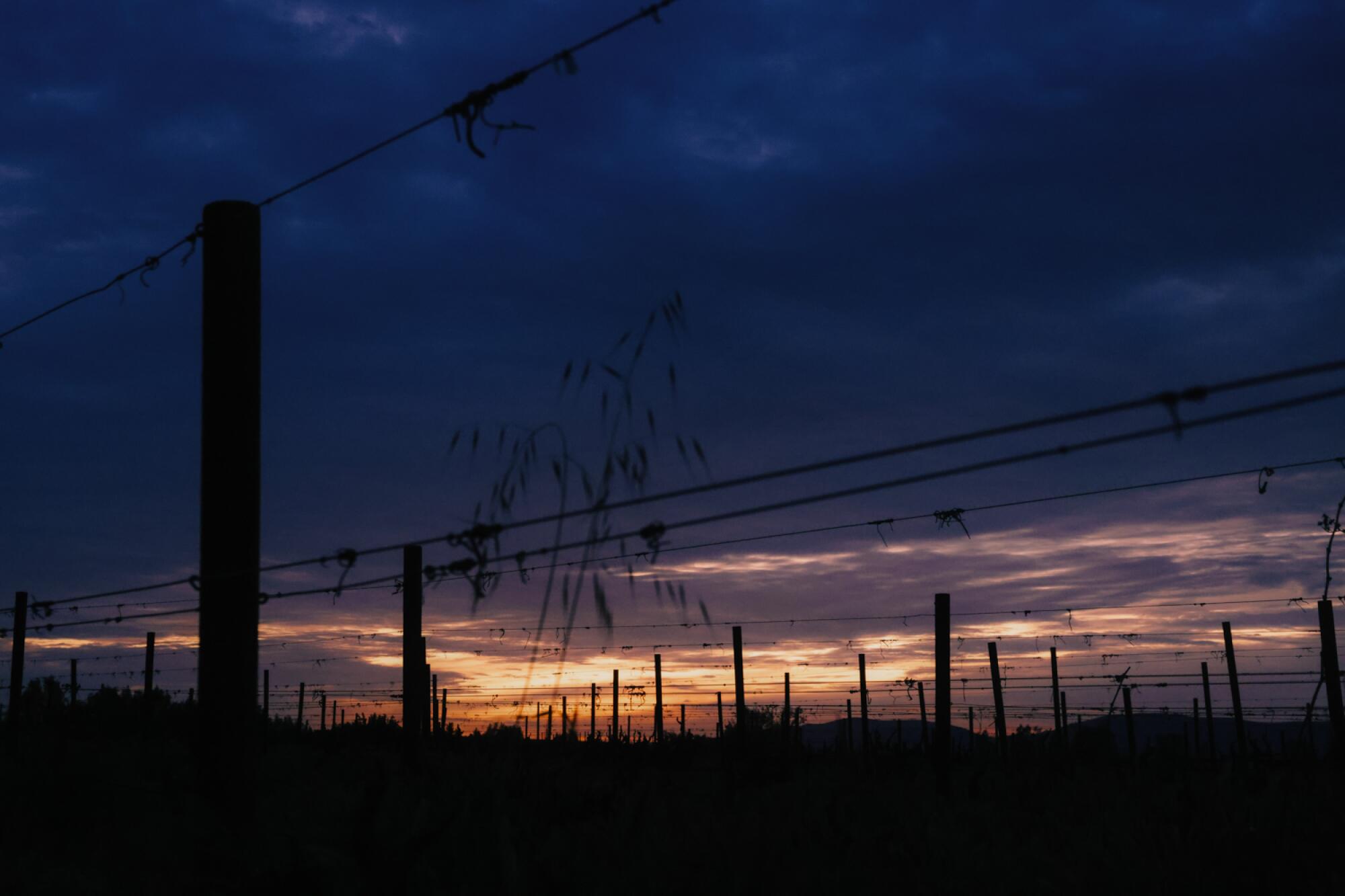
But all her efforts may be in vain.
“We don’t have the capacity to receive millions of tourists,” said Badan, who is often referred to as the “godmother” of the valley. “Our vineyards need calm. They need time. They need space.”
The stresses of over-tourism in the Valle is “assassinating our rural way of life,” she added. “It’s a catastrophe.”
More to Read
Eat your way across L.A.
Get our weekly Tasting Notes newsletter for reviews, news and more.
You may occasionally receive promotional content from the Los Angeles Times.

